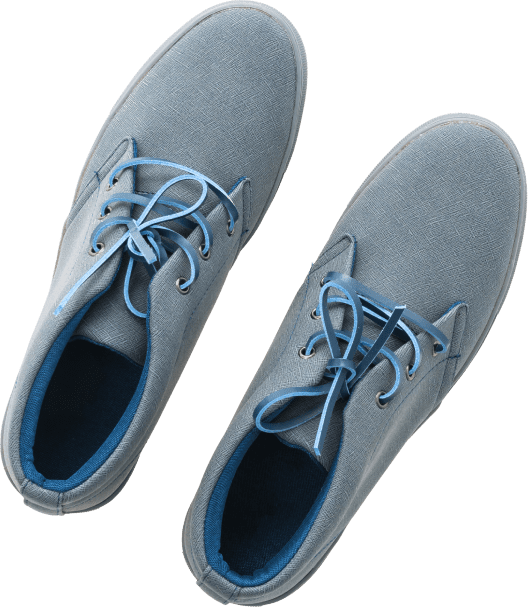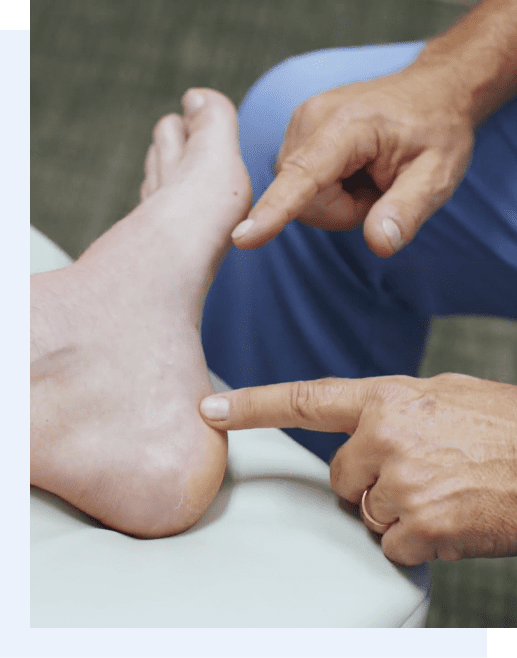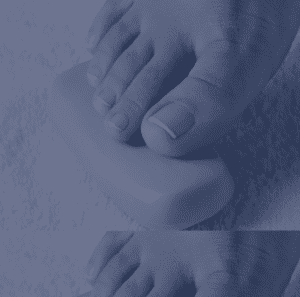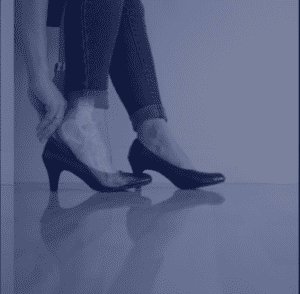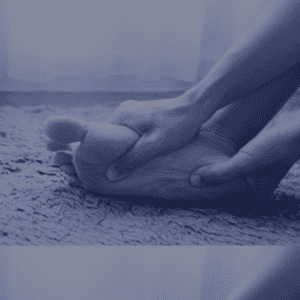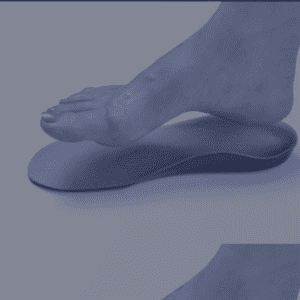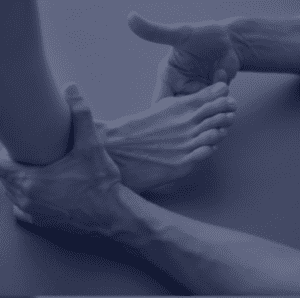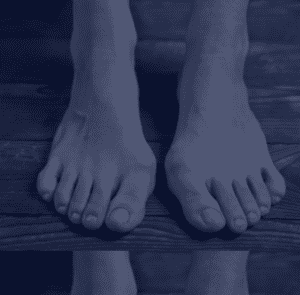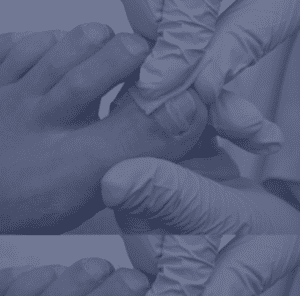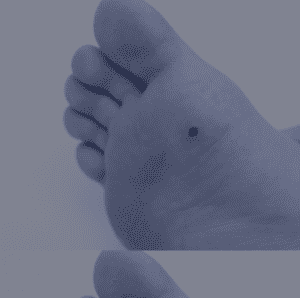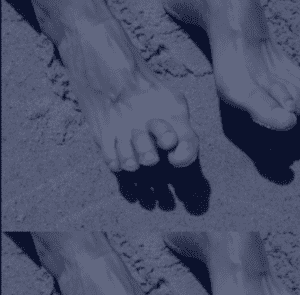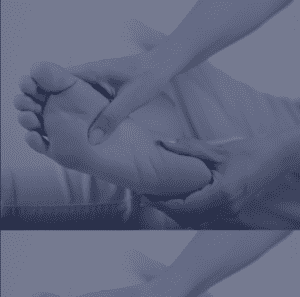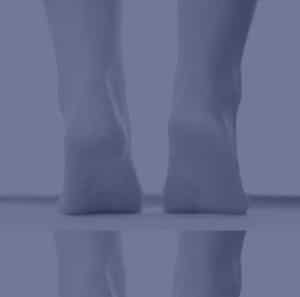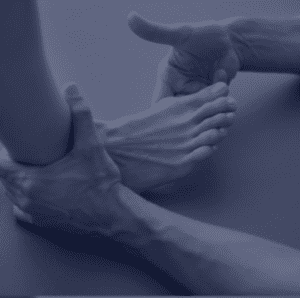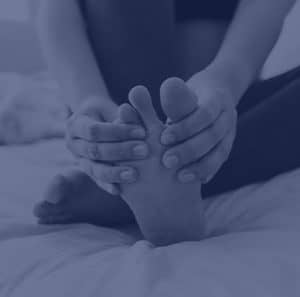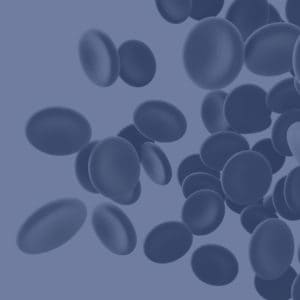The pain can be centrally located in the heel or arch it can be worse in the morning and after sitting but improves as the day goes on. The pain with first steps in the morning and after rest is caused by pulling the fascia and plantar muscles off of the heel bone. If you have pain—without weight-bearing—that is shooting in nature, it is caused by the nerve on the side of the heel.
HEEL PAIN KANSAS CITY OVERLAND PARK
Stop Heel Pain Now
No more Pain in the mornings
about heel pain
Overview
When pain is located in the center of the heel into the arch when you first get up in the morning or after sitting for a period of time you likely have heel pain with associated plantar fasciitis. This problem is one of the most common foot conditions. It causes pain from pulling the insertion of the plantar fascia away from the heel bone.
The great new’s with heel pain and plantar fasciitis is conservative treatment works well over 90% of the time.
There are other foot problems that can cause heel pain, Achilles tendonitis, nerve pain (burning pain with no weight on foot), injury to the heel, and in children, it’s called Sever’s disease which is inflammation to the growth center of the heel bone. This problem in children is between the ages of 8 to 12 years old. The great news with heel pain and plantar fasciitis is conservative treatment works well over 90% of the time.
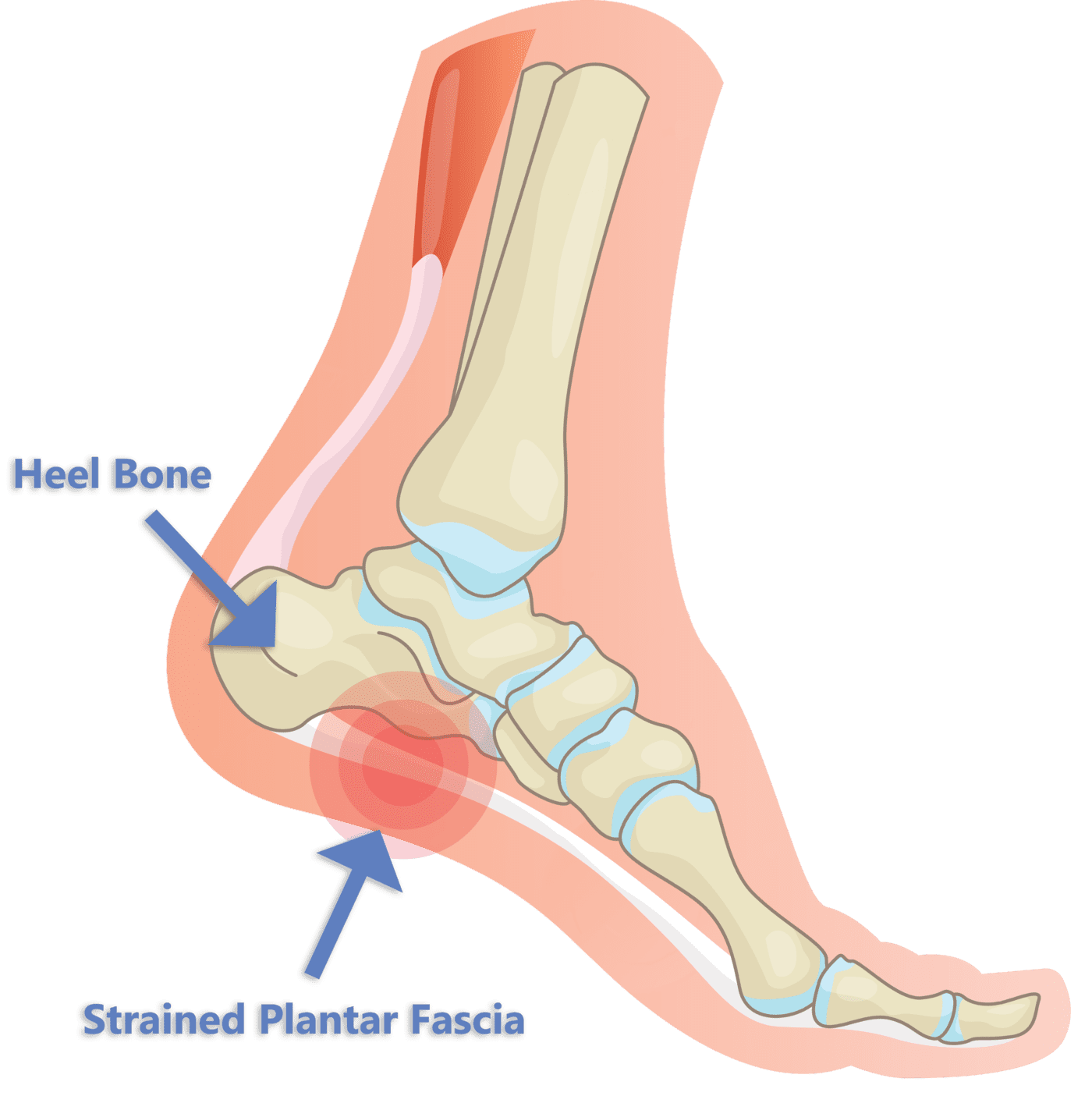
About heel pain
Signs and Symptoms of Plantar Fasciitis and Bone Spurs
Have any Questions?
Heel Pain
Treatment FAQs
What causes heel pain?
If you have pain with the first step in the morning or after rest it can be caused by many factors, including plantar fasciitis (inflammation of the fascia connecting the heel bone to the ball of the foot), heel spurs (bony growths that can be sharp on the heel bone), Achilles tendonitis (inflammation of the Achilles tendon), this pain would be more on the back of the heel. In our office we have digital X-Rays and ultrasound which can be done the first visit.
How can I prevent heel pain?
You can prevent heel pain by wearing supportive shoe with a good arch support, stretching your calf muscles regularly, avoiding activities that put excessive strain on the feet, and using orthotic inserts if necessary.
When should I see a doctor for heel pain?
You should see a doctor if your heel pain is severe, or after 30 days or so after you have tried home remedy for the pain persistent. Additionally, if you experience swelling, redness, or warmth around the heel, or if you have difficulty walking, this could be a stress fracture to the heel bone.
What are some home treatments for heel pain?
Home remedies for heel pain include rest, ice therapy and soaking in Epsom salts, stretching exercises, over-the-counter pain medications (such as ibuprofen or acetaminophen these should only be used for 7 days because of risks, wearing supportive shoes with cushioned insoles, and using OTC arch supports.
Is exercise beneficial for heel pain?
Yes, gentle stretching and strengthening exercises can help alleviate heel pain by improving flexibility and reducing strain on the affected area. However, you must avoid high-impact activities that may exacerbate the pain.
Can heel pain be treated without surgery?
In many cases, heel pain can be effectively treated without surgery. Conservative treatments once that 30-day period include mild steroid injections, custom orthotics, physical therapy stretching exercises, and medications are often successful in relieving symptoms. However, if conservative measures fail to provide relief, surgery may be considered as a last resort. Heel pain is successfully treated 99% without surgery.
How long does it take for heel pain to resolve?
With conservative care and treatment, mild cases of heel pain may resolve within a few weeks to a few months. However, more severe or chronic cases may take longer to heal and may require ongoing management. Dr. Bembynista office uses the most advance treatments including Platelet injections. Our office can normally get a appointment for you within a few days.

